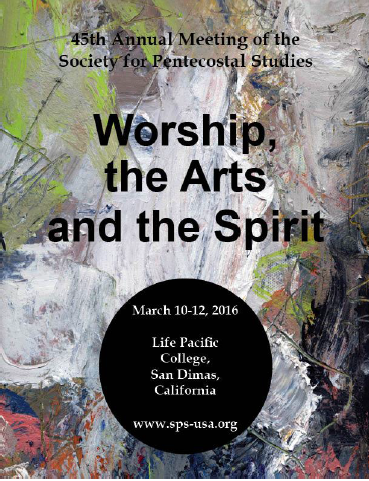NOTE: These issues are restricted to current ORU community members. Please log in with your Single Sign-On credentials to download. Questions? Contact digitalshowcase@oru.edu.
Description
Numerous communities in the United States lack Spirit-filled congregations that missionally reach their city for Christ. Often, Pentecostal female ministers, seeking to fill that need, have attained credentials, honed their leadership competencies, and matured in faith only to face diminished opportunity, a lack of encouragement, and even outright hostility from those immersed in traditional, patriarchal worldviews who claim a more biblical position than their female counterparts. Despite these challenges—as well as a sense of isolation and a lack of female role models, women ready to engage their skills, experience, and faith as lead pastors of church plants can meet this need. Their unconventional ministry might not look like a ‘traditional’ church, and it may require raising a congregation from the ranks of the hurt, the failed, and the spiritually exhausted, but they like their AG female forebears, are navigating these challenges in cities across the U.S. This paper1 first highlights the example of AG female church planters from the movement’s early days up to the present and then offers a cultural analysis and strategy formation. The cultural analysis section specifically examines reasons for the departure of women from the American church and how female church planters can help restore the church’s waning credibility in post-Christian America. The paper then compares some of the key praxis issues of AG female church planters with AG female lead pastors of established or revitalized congregations and articulates potential strategies for missional kingdom advancement.
“Women as Assemblies of God Church Planters: Cultural Analysis and Strategy Formation”
Numerous communities in the United States lack Spirit-filled congregations that missionally reach their city for Christ. Often, Pentecostal female ministers, seeking to fill that need, have attained credentials, honed their leadership competencies, and matured in faith only to face diminished opportunity, a lack of encouragement, and even outright hostility from those immersed in traditional, patriarchal worldviews who claim a more biblical position than their female counterparts. Despite these challenges—as well as a sense of isolation and a lack of female role models, women ready to engage their skills, experience, and faith as lead pastors of church plants can meet this need. Their unconventional ministry might not look like a ‘traditional’ church, and it may require raising a congregation from the ranks of the hurt, the failed, and the spiritually exhausted, but they like their AG female forebears, are navigating these challenges in cities across the U.S. This paper1 first highlights the example of AG female church planters from the movement’s early days up to the present and then offers a cultural analysis and strategy formation. The cultural analysis section specifically examines reasons for the departure of women from the American church and how female church planters can help restore the church’s waning credibility in post-Christian America. The paper then compares some of the key praxis issues of AG female church planters with AG female lead pastors of established or revitalized congregations and articulates potential strategies for missional kingdom advancement.





